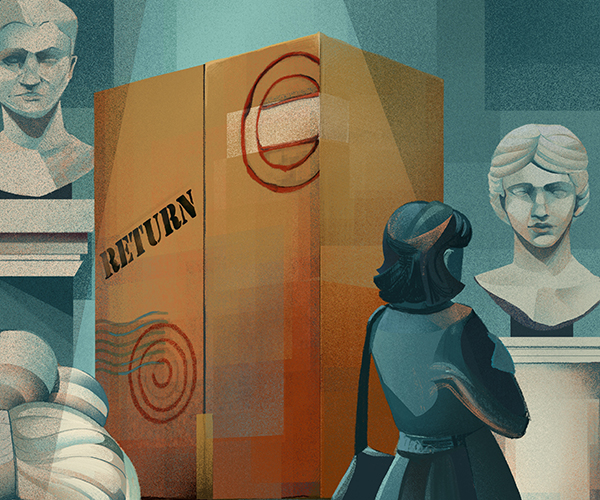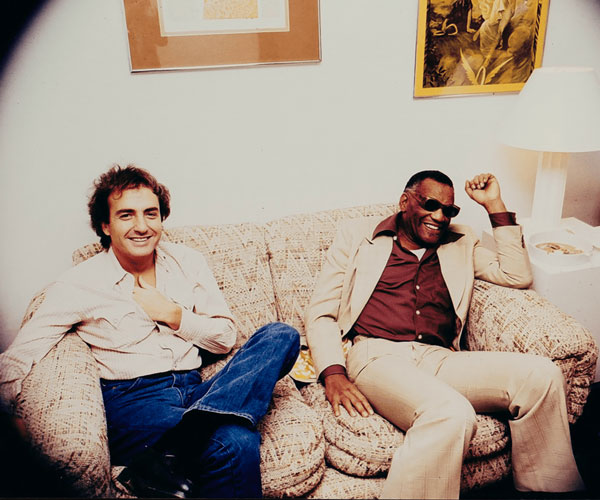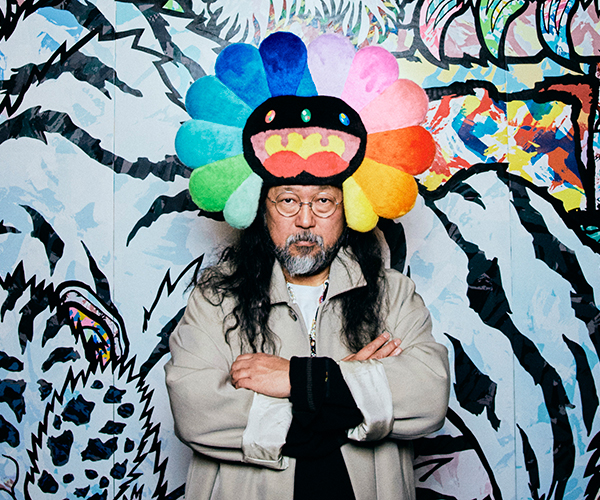The museum’s current exhibits are equally thought-provoking: Reflections from the Heart: Photo-graphs by David Seymour, an exhibit that includes images of postwar Europe; DARFUR/DARFUR, a mul-timedia show focusing on the genocidal conflict in Sudan; and Know War, images of war from 1855 to the present, are all on display through April 22. Ghosts in the Landscape: Vietnam Revisited, photo-graphs by ex-combat Marine Craig J. Barber, will be displayed through May 6.
Museums Unframed - George Eastman House International Museum of Photography and Film
What does your family want to disco
The museum’s current exhibits are equally thought-provoking: Reflections from the Heart: Photo-graphs by David Seymour, an exhibit that includes images of postwar Europe; DARFUR/DARFUR, a mul-timedia show focusing on the genocidal conflict in Sudan; and Know War, images of war from 1855 to the present, are all on display through April 22. Ghosts in the Landscape: Vietnam Revisited, photo-graphs by ex-combat Marine Craig J. Barber, will be displayed through May 6.
museums & galleries
12:00 AM EST
February 22, 2007



